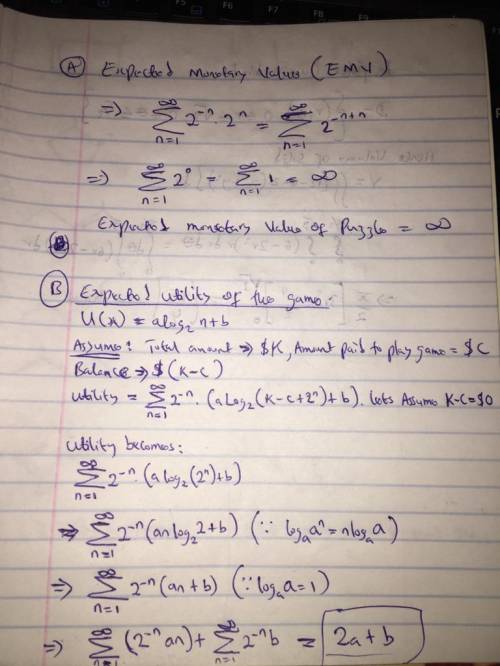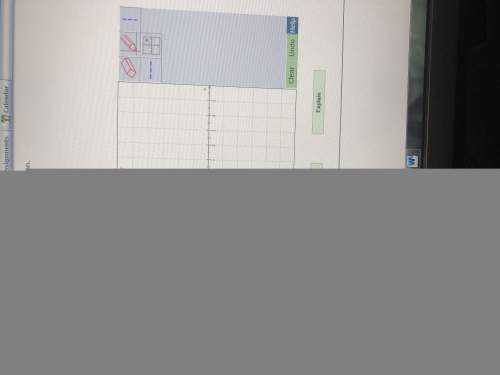
Mathematics, 02.04.2021 01:00 asher456581
The St. Petersburg paradox goes as follows. A fair coin is tossed repeatedly until it comes up heads. If the first heads appears on the nth toss, you win $2 n . First, show that the expected monetary value of this game is infinite (the paradox is that no one would actually pay a huge amount to play this game). Second, consider a possible resolution of the paradox: suppose your utility for money is given by a log 2 x b where x is the number of dollars you have. Suppose you start with 0 dollars, what is the expected utility of this game

Answers: 2


Other questions on the subject: Mathematics




You know the right answer?
The St. Petersburg paradox goes as follows. A fair coin is tossed repeatedly until it comes up heads...
Questions in other subjects:

Mathematics, 09.03.2021 16:30




Health, 09.03.2021 16:30



English, 09.03.2021 16:30

Computers and Technology, 09.03.2021 16:30

Biology, 09.03.2021 16:30






